Thailand’s traditional dress, known as Chut Thai or “Thai Outfit,” is a unique and beautiful cultural garment that has been worn for centuries. It has a rich history and is an important part of Thailand’s cultural identity.
Chut Thai is typically worn for formal occasions such as weddings, festivals, and other celebrations, and it is a beloved part of Thailand’s cultural heritage.
There are many different styles of Chut Thai, each with its own unique features and characteristics. From the intricate embroidery and weaving techniques used to create the fabrics, to the elegant shawls and pleated skirts, Chut Thai is a testament to the artistry and skill of Thailand’s craftsmen and women.
History of Thai Traditional Dress
During the period from the 6th to the 13th century, the Kingdom of Dvaravati exerted a strong influence on Thai clothing. As a result, Thai fashion was heavily influenced by Indian styles, including loincloths, gold necklaces, and metal belts.
Thai fashion was influenced by the Khmer in the 7th century, with shorter dresses becoming popular. The Ayutthaya Era influenced Central Thailand fashion for nearly 200 years, with women wearing ankle-length tube skirts and older generations wearing traditional hand-woven cotton skirts.
Tribal groups in Northern Thailand, including Thai-Lue, Thai Kern, and Thai Yai, continue to influence fashion with indigo-dyed blouses and elegantly designed tube skirts.
In Southern Thailand, both men and women wear brightly colored batik-patterned sarongs with lace blouses and shawls, influenced by the Malaysian ‘yaya’ style.
Types of Traditional Thai Dress
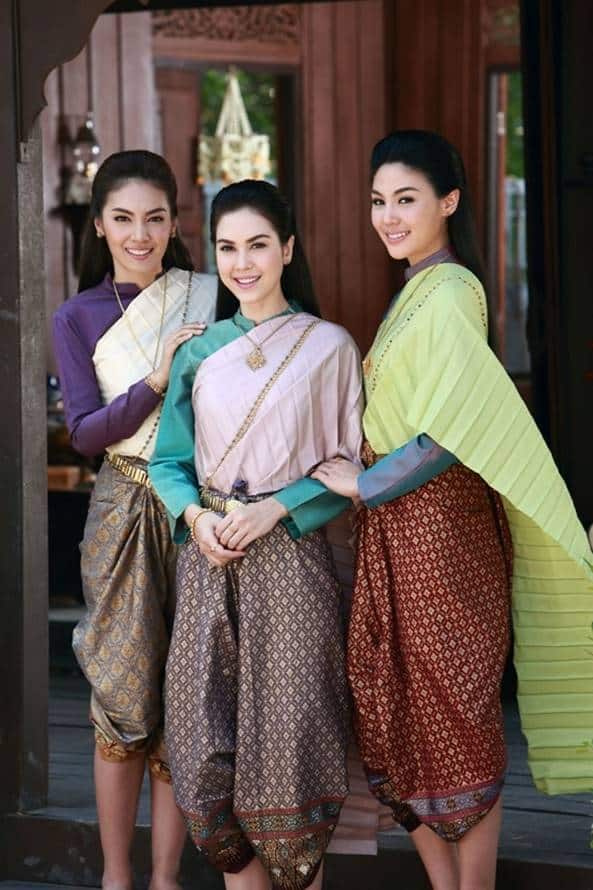
Chong Kben
A lower-body silk wrap-around garment adopted from Cambodia and worn by both men and women.
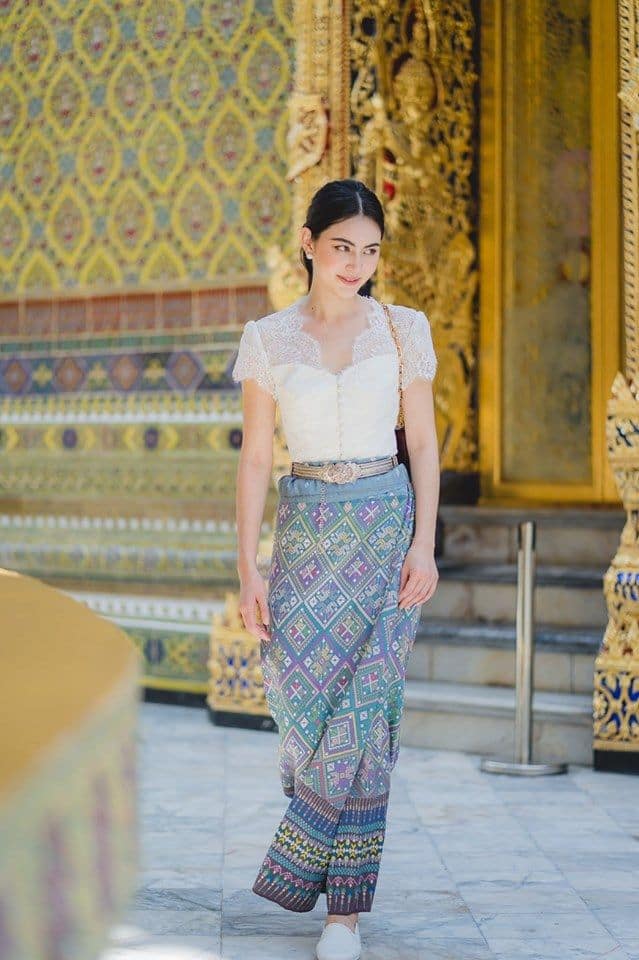
Sinh
A full-length tubular skirt wrapped around the waist and made of Thai silk, worn by women.
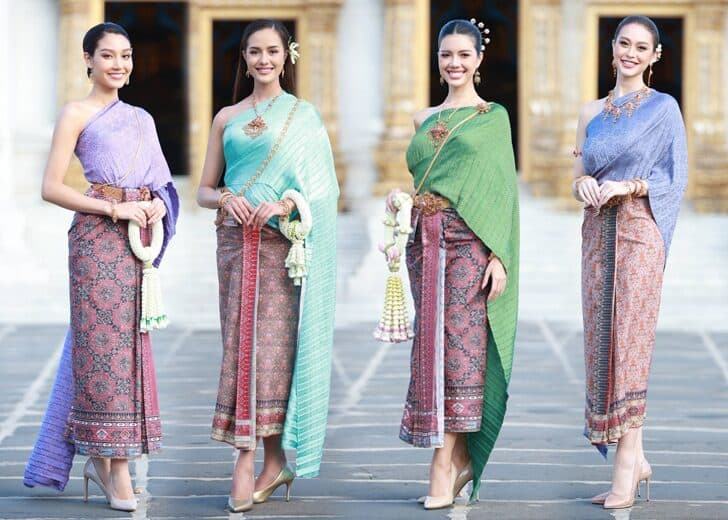
Sabai
A shawl-like garment worn by women that covers one shoulder and trails to the ground
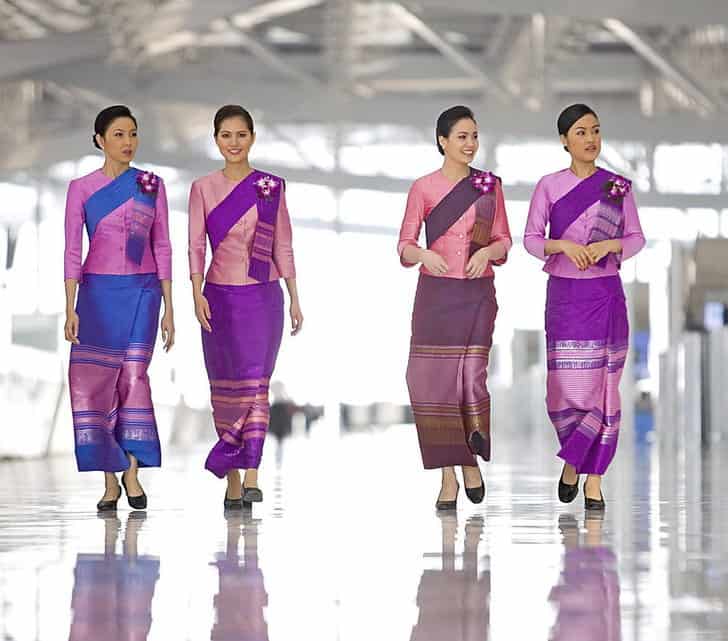
Ruean Ton
A casual two-piece dress consisting of a tube-like skirt and a collarless blouse with buttons and elbow-length sleeves
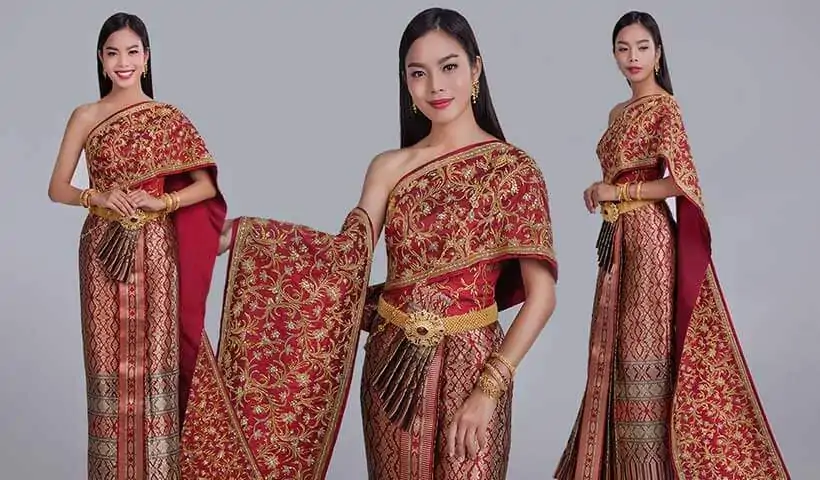
Chakkri
A grand and elegant traditional dress with a long tube skirt, a Sabai top, and embroidery made using a traditional weaving technique called yok
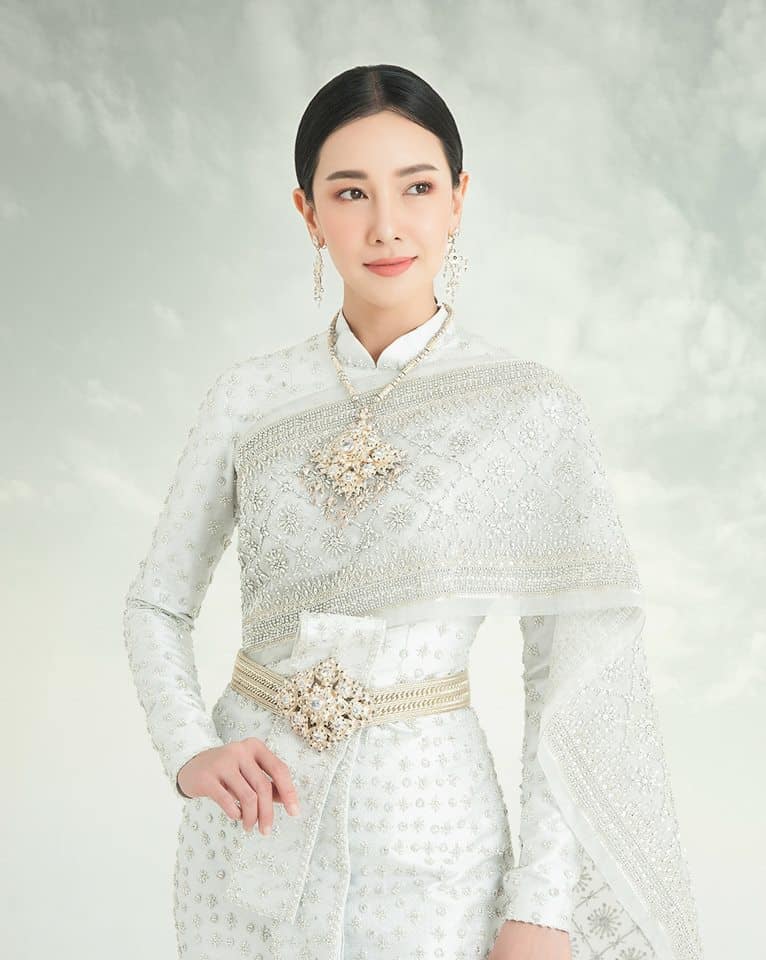
Siwalai
A formal evening gown consisting of a long tube skirt with a blouse sewn together and a Sabai draped over the shoulder
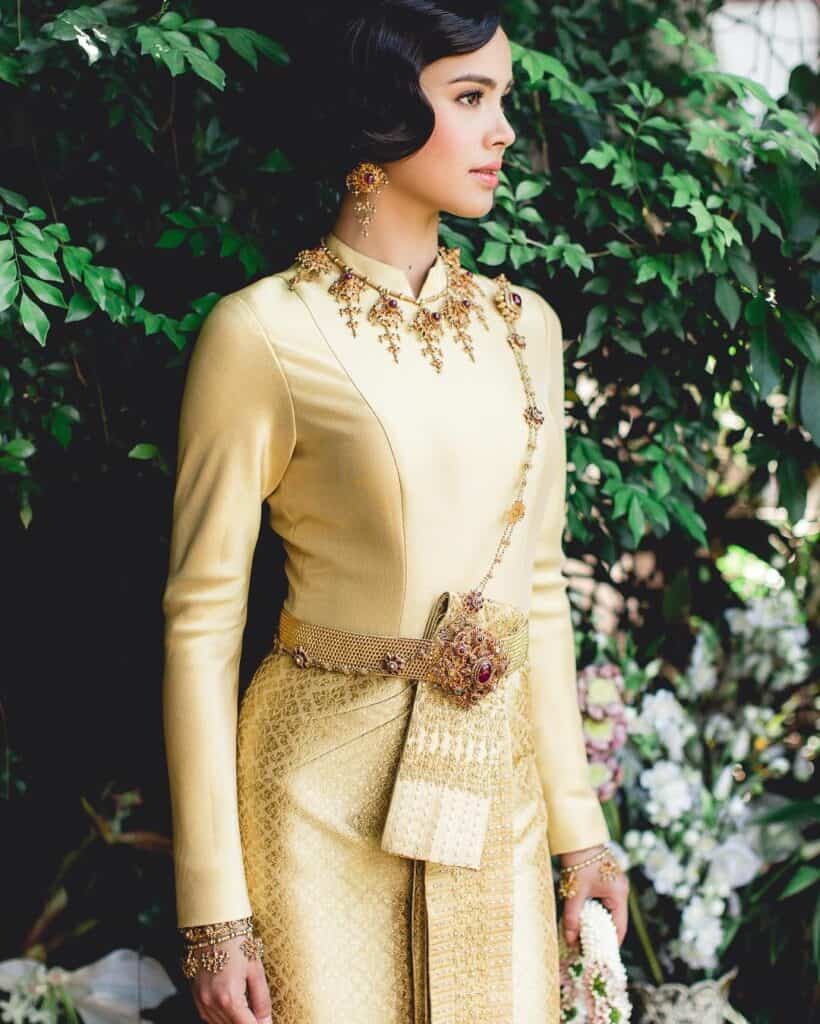
Boromphiman
A similar dress to the Siwalai with a Sabai shawl.
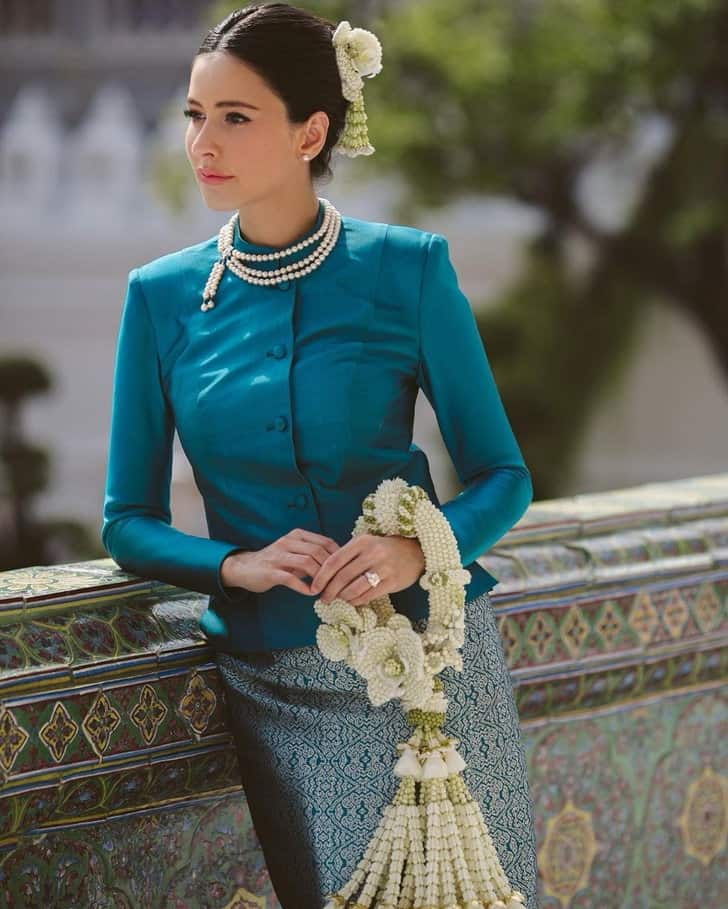
Chitlada
A formal ceremonial dress worn during the day with a long Sinh and a long-sleeved silk blouse
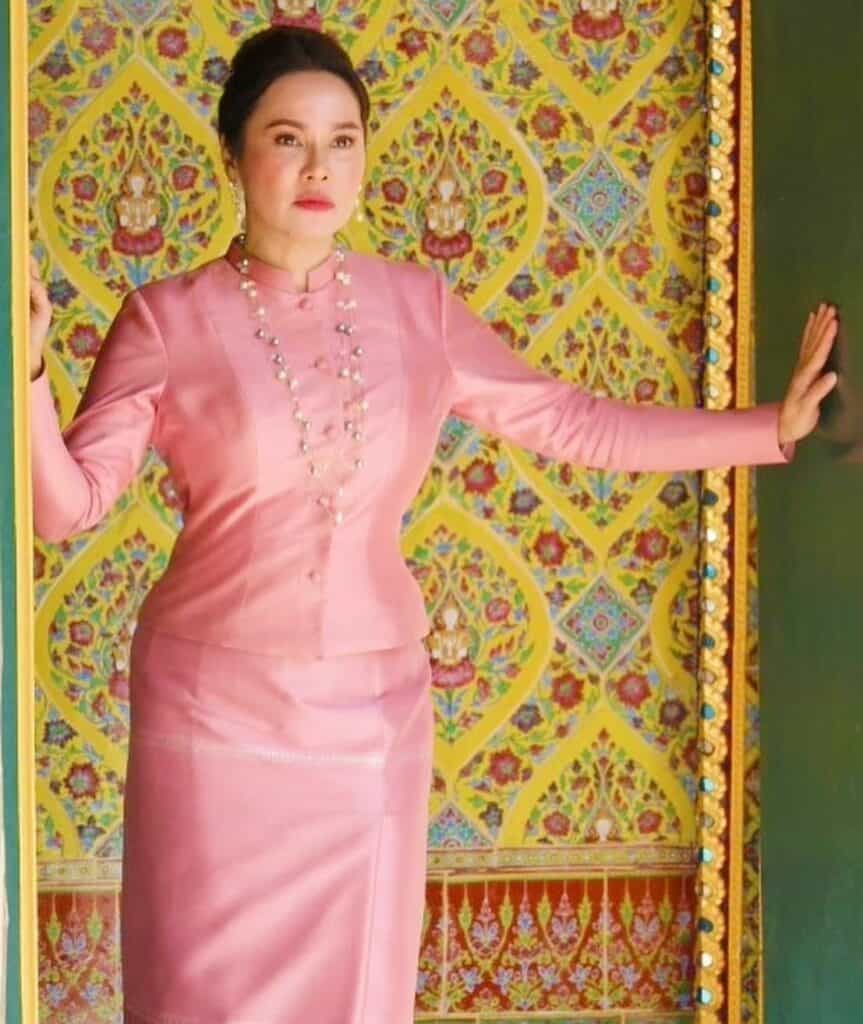
Amarin
A formal evening dress with a long Sinh and a broad, square-like blouse with buttons up the front and a round neck.
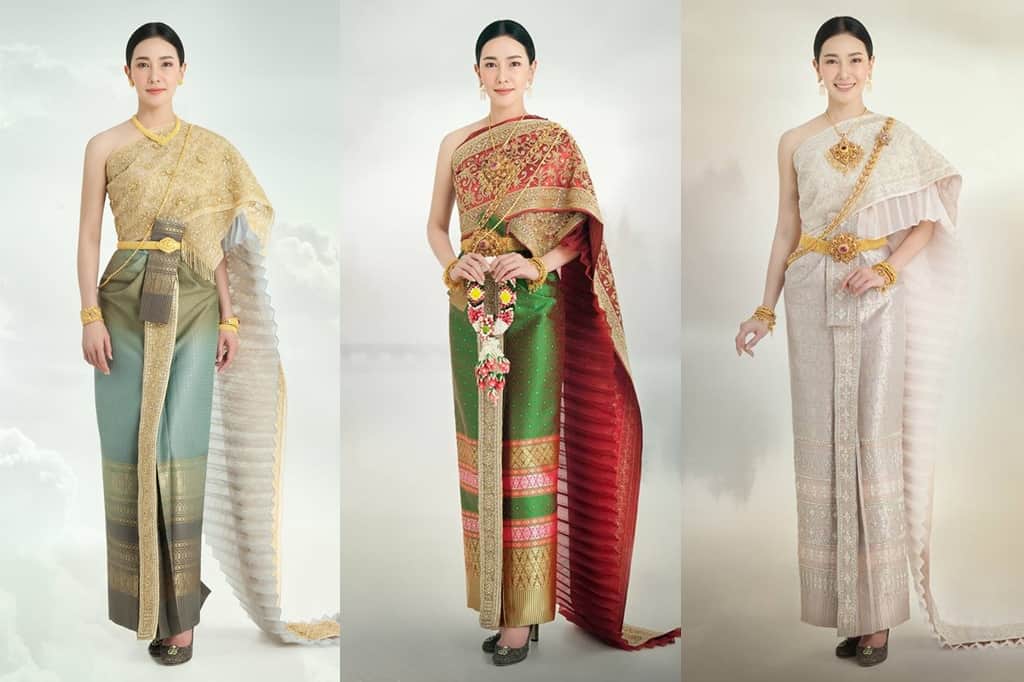
Chakkraphat
A more formal and modest version of the Chakkri, with a long tube skirt and a luxurious shawl covering the upper body, leaving one shoulder bare.
Traditional Dress in Thailand for Men
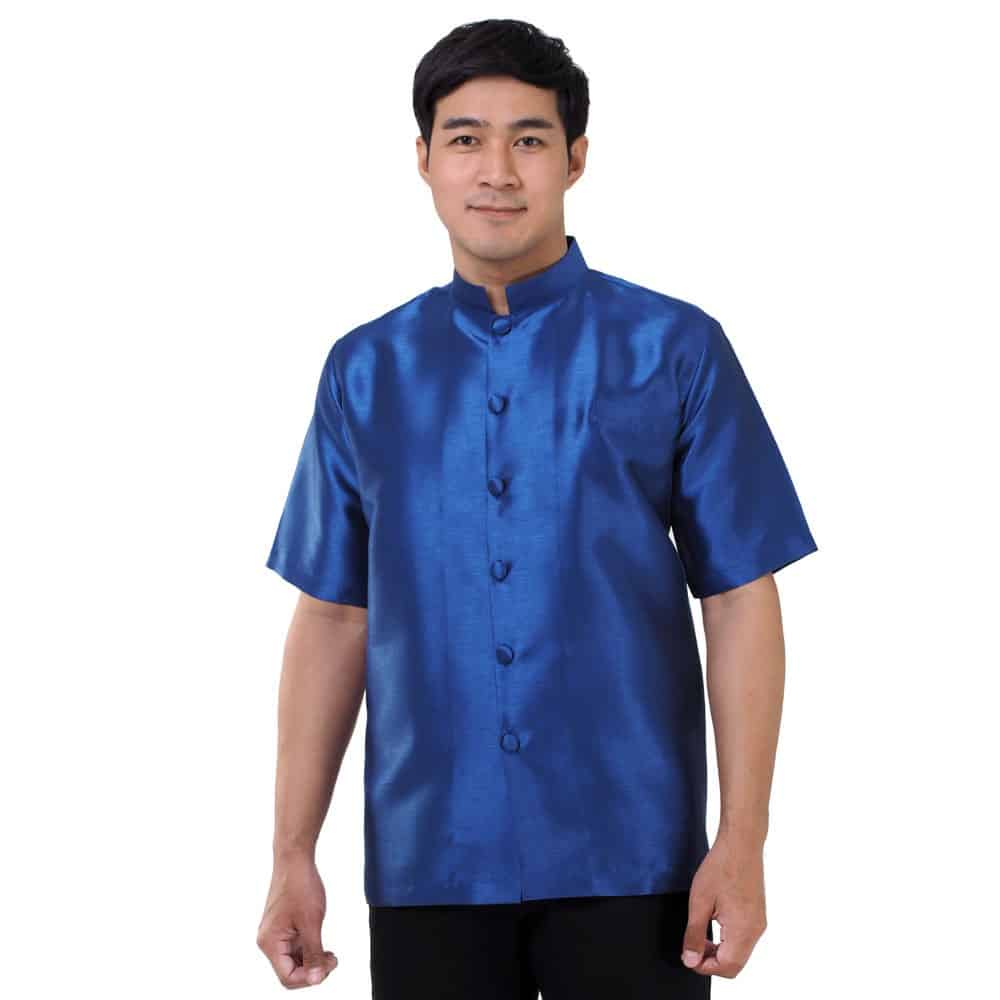
Suea Phraratchathan
Traditional Thai dress for men consists of one formal national outfit known as Suea Phraratchathan, which means “royally-bestowed shirt.” This traditional shirt was invented in 1979 and features buttons down the front, a long collar, and sleeves of varying lengths. It is typically worn with Western-style suit trousers for formal occasions, and is sometimes paired with the older raj pattern shirt-cum-jacket and chong kraben wrapped pants and long socks for cultural events.
Where to Buy Traditional Thai Clothing
If you’re looking to buy traditional Thai clothing during your trip to Thailand, there are plenty of options to choose from. One of the best places to find traditional Thai garments is at a weekend market, such as Chatuchak in Bangkok or the Sunday walking street in Phuket and Chiang Mai. These markets offer a wide variety of traditional clothing, as well as other souvenirs and local products.
If you’re looking for something more extensive or refined, The Old Siam Shopping Plaza in the old part of Bangkok is a great place to shop for traditional Thai outfits. This shopping plaza has a large selection of traditional Thai garments, as well as other items like fabrics and pre-made outfits. You can also find vendors outside of the shopping plaza who sell traditional Thai clothing and materials. Overall, The Old Siam Shopping Plaza is a treasure trove for anyone interested in traditional Thai outfits and beyond.
Traditional Thai Dress Accessories
When it comes to traditional Thai dress, accessories are just as important as the clothing itself. Jewelry is often used to complete an outfit and can range from simple earrings or necklaces to elaborate headpieces. Scarves, hats, and other items such as shawls may also be worn depending on the occasion. Accessories can add a touch of elegance and help create a unique look that stands out in any crowd.
Jewelry is typically made of gold or silver with intricate designs featuring semi-precious stones such as rubies, sapphires, pearls, jade and quartz. Necklaces are usually long enough to hang down past the waistline while earrings tend to be small studs or dangling pieces that frame the face nicely. Headpieces come in various shapes and sizes; some feature large gems set into metal frames while others have delicate filigree work along their edges for added detail.
Scarves are often seen draped around shoulders during formal occasions like weddings or temple visits, but they can also be used casually for everyday wear. They come in many different colors and fabrics including silk which is considered very luxurious in Thailand due to its high cost compared with other materials such as cotton or polyester blends. Men might choose a wide brimmed hat known as ‘maht’ while women might opt for something more decorative such as flower garlands called ‘phuang malai’ which signify good luck when worn correctly on special occasions like New Year celebrations or festivals honoring ancestors at temples throughout Thailand each year
Shoes should always match the rest of your outfit so if you’re wearing traditional Thai clothing then sandals would probably be most appropriate although flat leather shoes could also work well depending on what type of event you’re attending (elegant dinners require closed toe footwear). It’s important not only to make sure your shoes match but also that they fit properly since ill-fitting footwear will not only look bad but could cause discomfort too!
Finally, etiquette plays an important role when dressing traditionally so it’s best practice to keep things modest by avoiding overly revealing clothes even if you don’t personally believe this applies to you. Remember that respect goes both ways so take care not to offend anyone who may hold different beliefs than yours about what constitutes appropriate attire.
Etiquette
When wearing traditional Thai dress, it is important to remember that there are certain etiquette rules to follow. It is considered polite and respectful to wear clothing that covers the body from shoulders to knees. This includes both men and women, although some temples may require more modest attire for women than for men.
It is also important to be aware of cultural taboos when wearing traditional Thai dress. For example, shoes should not be worn inside a temple or other sacred place; instead, visitors should take off their shoes before entering these areas. Additionally, people should avoid wearing bright colors such as red or yellow in religious ceremonies as these colors are traditionally reserved for royalty and high-ranking officials only.
In addition to being mindful of cultural taboos when dressing in traditional Thai clothing, it is also important to show respect by speaking quietly and behaving appropriately while attending ceremonies or events where traditional dress is expected. People should refrain from talking loudly or making unnecessary noise while visiting temples or other sacred places out of respect for those who may be meditating or praying there at the time.
Finally, visitors must always remember that they are guests in Thailand and must act accordingly by showing respect towards locals’ customs and traditions even if they do not understand them fully themselves. By following these simple guidelines on etiquette when wearing traditional Thai dress, tourists can ensure that their visit will be enjoyable for both themselves as well as those around them.
Learn more about Thai culture and etiquette here.
Conclusion
Thai traditional dress is a great way to show respect and appreciation for the culture of Thailand. It is important to remember that there are different styles of clothing, accessories, and etiquette associated with wearing this type of attire. Men’s clothing typically consists of loose-fitting pants or shorts, while women’s clothing includes long skirts or dresses. Accessories such as scarves and hats can also be worn to complete the look. By following these guidelines when wearing Thai traditional dress, you will not only look fashionable but also demonstrate your understanding and appreciation for Thai culture.
Discover the beauty and elegance of Thai traditional dress on your next holiday in Thailand. With our comprehensive travel, activities and accommodation guide, you can explore this unique culture with ease. From tailor-made experiences to expert advice from locals – make sure you take full advantage of all that Thailand has to offer! Let us help plan an unforgettable journey for you today.
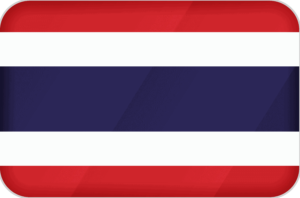



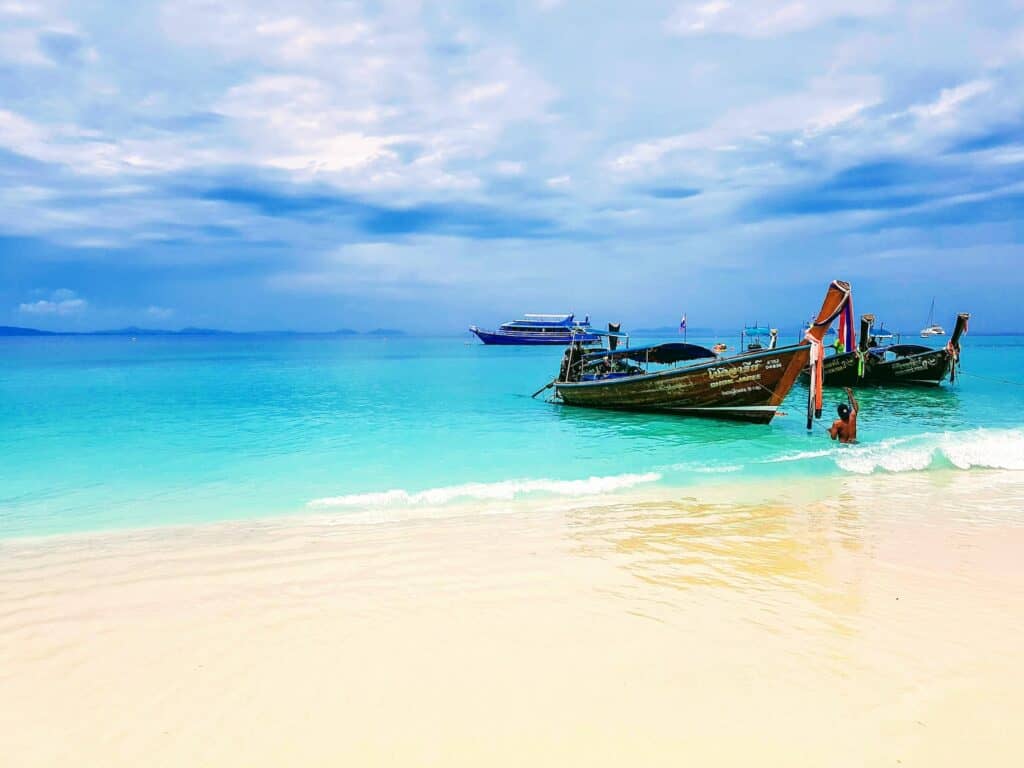
1 comment
Cat
Hi,
Do you have pictures of traditional clothes from Surat?
Thx